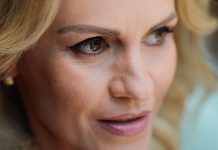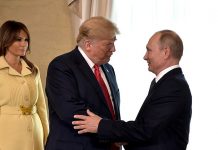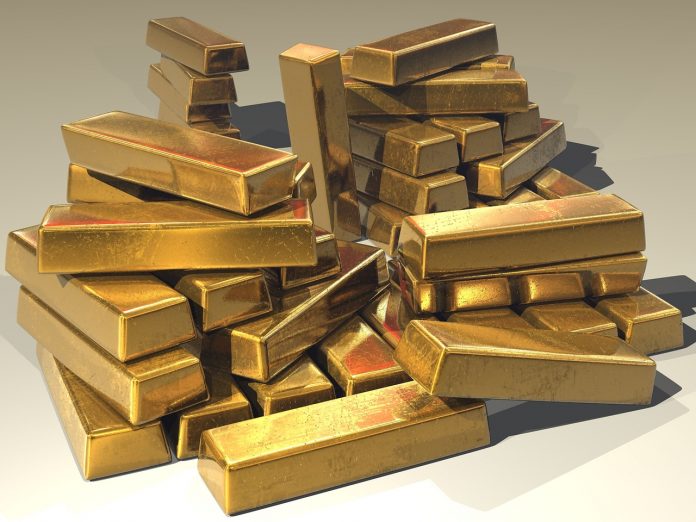Gold has been a form of wealth accumulation for millennia but in recent years its appeal is threatened by new types of assets: crypto. For younger generations of investors, it appears that the digital assets are more tangible and precious than the yellow metal,writes eToro analyst for Romania, Bogdan Maioreanu.
Both gold and “digital gold” as crypto investors are now calling Bitcoin (BTC), have hit new highs this year. Bitcoin reached a new all time high of over $73,000 and was up 70% this year. The real gold almost reached $2,200/oz and is up almost 5% year to date. Notably, gold has more diverse demand drivers, from jewelry, to central banks, and investors, and a much longer track record than the crypto assets.
But gold faces a growing demographic divide that may hold back performance. eToro Retail invest Beat survey showed that younger investors favor the digital gold alternative. At global level, 52% of investors with ages between 18 to 34 years own crypto while only 35% are owning commodities, including gold. The percentages tend to equalize as the age of investors is increasing with only 13% of 55 year plus investors owning crypto while 18% are owning commodities.
Bitcoin is being driven by classic supply and demand. It is possible that we are witnessing a fundamental shift in demand for gold. This was the investors survey and also in the more recent ETF flows. Bitcoin spot ETF inflows were accompanied by gold ETF outflows.
This is not an extremely strong headwind for gold as investor demand amounts only to around half of the total gold demand. ETF’s are a tiny fraction of total gold holdings but incrementally undermine the gold investment case and put time on the side of Bitcoin as younger investors accumulate assets.
Lately Gold has been driven higher by a weaker US dollar, which makes it cheaper for large Indian and Chinese buyers, and by the outlook for lower US interest rates. The Fed confirmed this outlook mentioning three rate decreases this year. This makes non-yielding assets like gold (and Bitcoin) comparatively more attractive, whilst safe-haven geopolitical drivers and central bank buying remain in place.
During 2023 central bank buying maintained an elevated pace of net purchases of gold of 1,037 tons that almost matched the 2022 record, falling just 45 tons short. The largest gold reserves are in the US – over 8100 tons, Germany – over 3300 tons, Italy and France almost 2500 tons and Russia – over 2300 tons. Romania is far from these figures with only 104 tons of gold reserves.

















